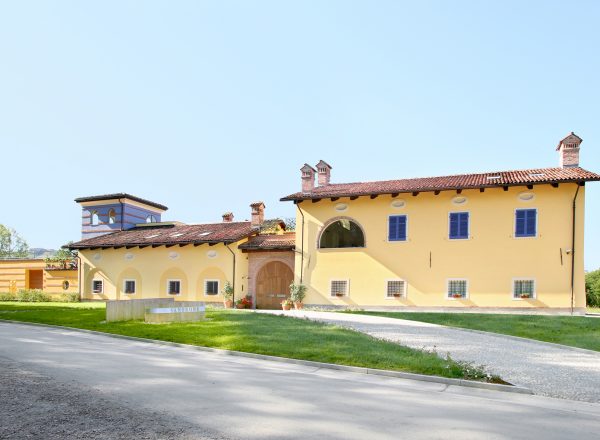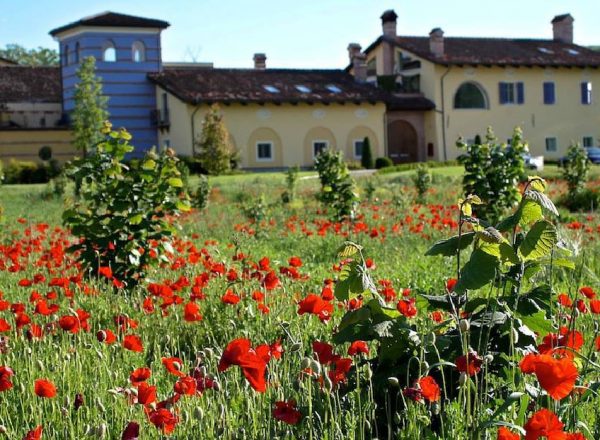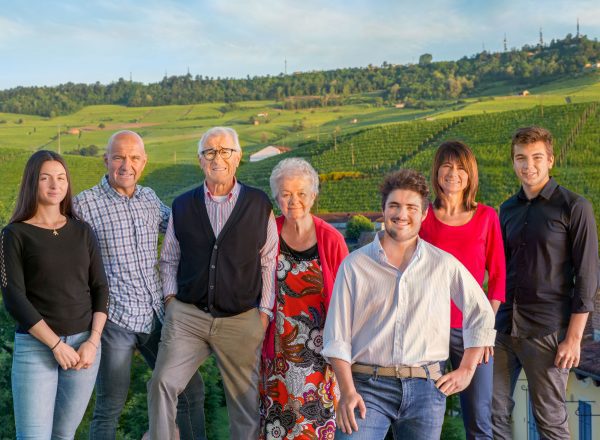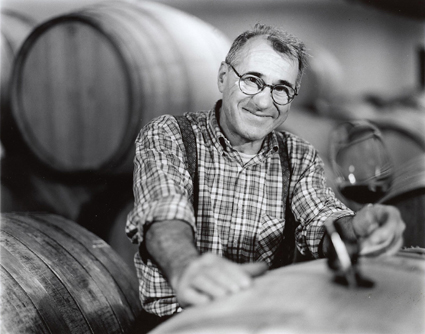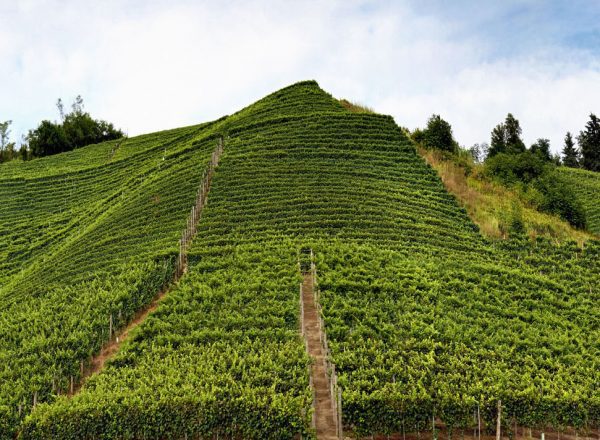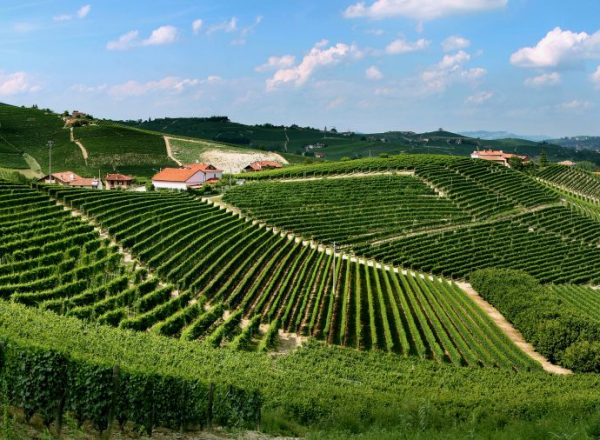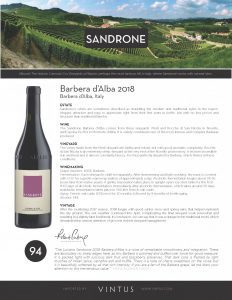
Sandrone
Barbera d’Alba 2018
Barbera d'Alba
Barbera is a delicate and demanding grape varietal. A meticulous search throughout the area for the very best soils, agronomical decisions and particular attention to vinification enable Sandrone to reveal the very best qualities of this wine. Barbera d’Alba is made to be a medium-weight wine that will drink well for a decade. It shows delicious and plump berry and black fruits. As Barbera possesses almost no natural tannins, the use of tonneaux gives the wine some much-needed structure. It is a perfect match with rich winter dishes as the bright acidity keeps it from being too heavy.
VINEYARD

The Sandrone Barbera d’Alba comes from three vineyards: Merli and Rocche di San Nicola in Novello, and Cascina Pe Mol in Monforte d’Alba. The Sandrone section of the Merli is a south-southwest facing bowl that catches the afternoon light perfectly. The wines made from here are earthy and robust, but with good aromatic complexity. Rocche di San Nicola is an extremely steep vineyard at the very end of the Novello promontory, just above the tall clay cliffs that plunge down to the streambed that flows toward Monchiero. It receives incredible sun and heat and is almost constantly breezy; it is thus perfectly situated for Barbera, which thrives in these conditions. The crumbling farmhouse (cascina) of Pe Mol sits at the top of the ridge leading from Monforte d’Alba to the hamlet of Perno and is among the highest vineyards in the region. Because it sits at the top of the ridge, it is unsuitable for Nebbiolo, a fickle plant which abhors windy conditions. At the top of the ridge, Barbera thrives, and slightly down the slope are excellent plantings of Dolcetto. From this lofty perch one can see the Monte Bianco, the Monte Rosa and the Cervino on a clear day (Mont Blanc, Monte Rosa and the Matterhorn, respectively).
WINEMAKING
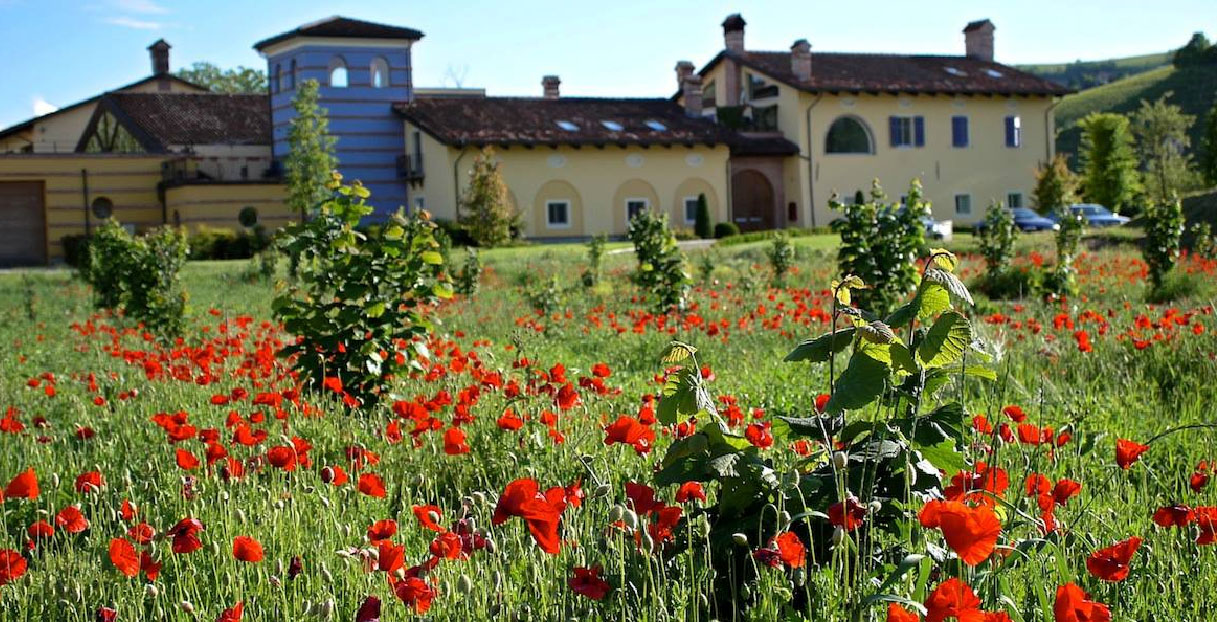
Each vineyard is vinified separately. After destemming and light crushing, the must is covered with CO2 for a gentle warm maceration of approximately a day. Alcoholic fermentation begins about 24-36 hours later from native yeasts. A gentle maceration takes place in upright open-top steel tanks for the first 8-10 days of alcoholic fermentation. Immediately after alcoholic fermentation, which takes around 20 days, malolactic fermentation takes place in 500 liter French oak casks. The wine is aged in these casks for 12 months, followed by 9 months bottle aging. Around 1,800 cases are produced in a typical vintage.
VINTAGE
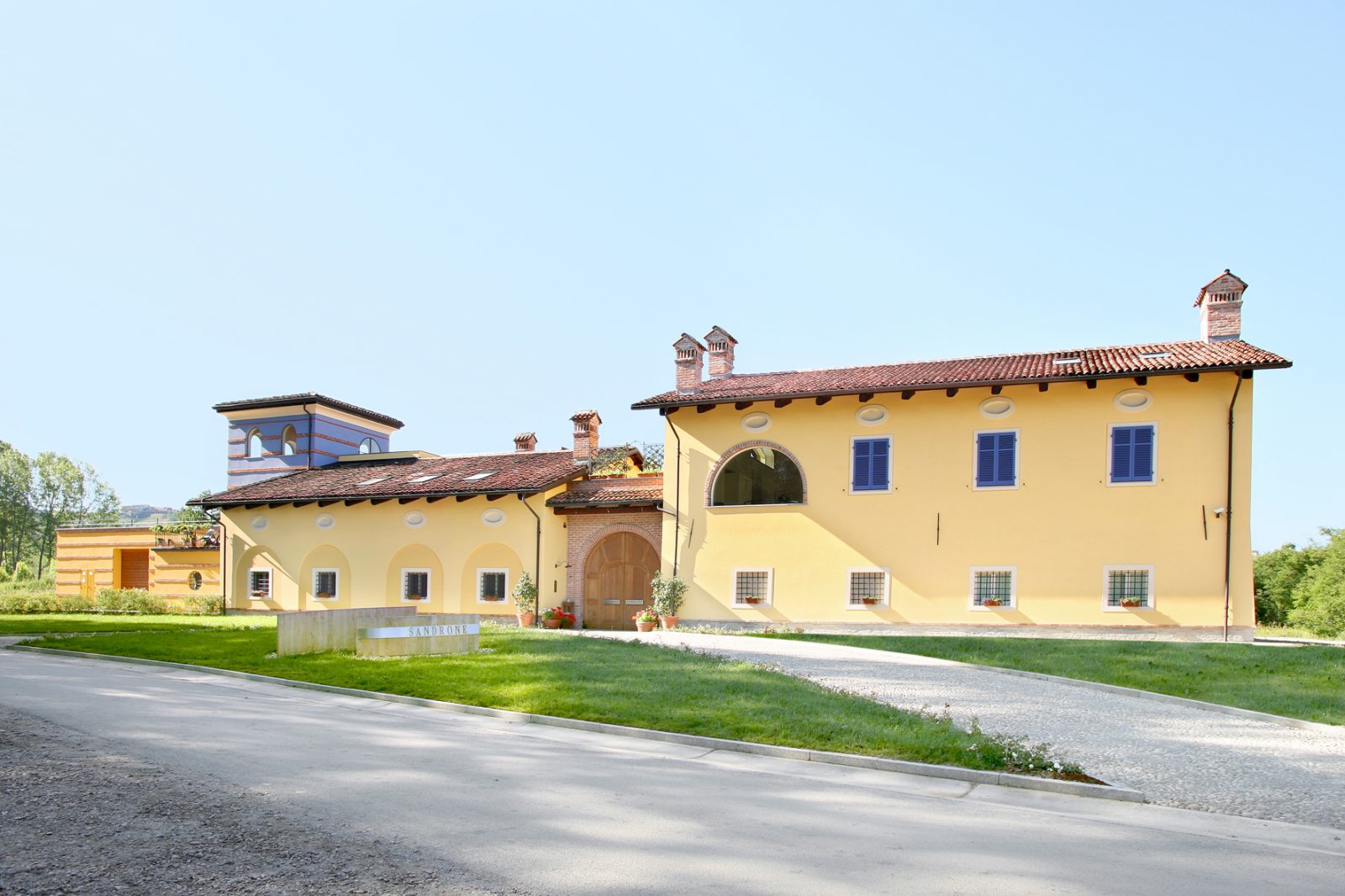
After the sweltering 2017 season, 2018 began with good winter snow and spring rains that helped replenish the dry ground. The wet weather continued into April, complicating the final vineyard work somewhat and resulting in a slightly later bud break.
Flowering was under normal conditions. In our growing area, the beginning of the summer was characterized by occasional downpours that led to high humidity conditions. Much care had to be taken to achieve a healthy vineyard as Peronospora ran rampant when left unchecked by regular and judicious applications of the correct treatments.
Green harvesting became necessary for nearly all varietals in order to curb production to within the limits of the various DOC & DOCG production regulations. Development of the fruit was gradual during the summer, with temperatures rising considerably from mid-July on, and a long period of constant fine weather helped the grapes to ripen without an early harvest.
The harvest period was normal in relation to the previous, precocious vintage.
Dolcetto was the first red varietal to be picked, and it is showing an average sugar content. Barbera was marked by good health and ripeness. The Nebbiolo grapes were ready for harvesting in early October – the historically normal period – with picking operations taking around three weeks in all.
In conclusion, we can say that it was a vintage in the traditional mold, which demanded the utmost attention of growers in their vineyard management.
The harvest took place from September 28th until October 5th
TASTING NOTE
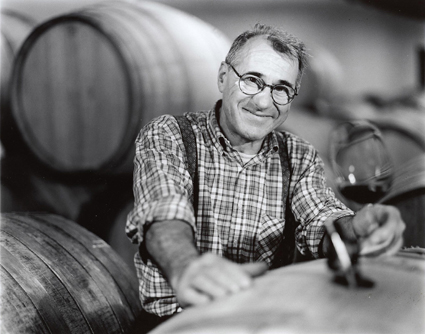
The cool, long growing season naturally favors the Nebbiolo grape but Barbera, properly cared for, can give wines of precise and focused expression, showing both austerity and generosity. 2018 was such a vintage. The heat never really came until September, and what might have been an angular, shrill Barbera received a perfect dose of sunshine and heat, bringing out the natural generosity of the fruit by showing its core of dark plummy fruits, laced with raspberry and mineral notes.
The nose gives an impression of self-possessed, compact structure, which opens with air, giving more of the black plum aromas so characteristic of this wine. With coaxing, the nose reveals more black and red fruits, vanilla and spicy notes. On the palate, the characteristic freshness is front and center, with a core a fruit and sweet tannins to give balance and length. The finish is very fresh, with bright bursts of fruit and acid.
Color
Red
Grape Varieties
Barbera
Appellation
Barbera d'Alba
Farming
Follows organic farming but has chosen not to seek certification. Minimal quantities of Bordeaux mixture and sulfur (as allowed per organic practices) are used to control mold and fungus, and fertilization every 4-6 years occurs with composted manure from dairy cows.
Alcohol
14.0%
Suggested Retail Price
$43.00
Reviews
"Remarkable smoothness and integration"
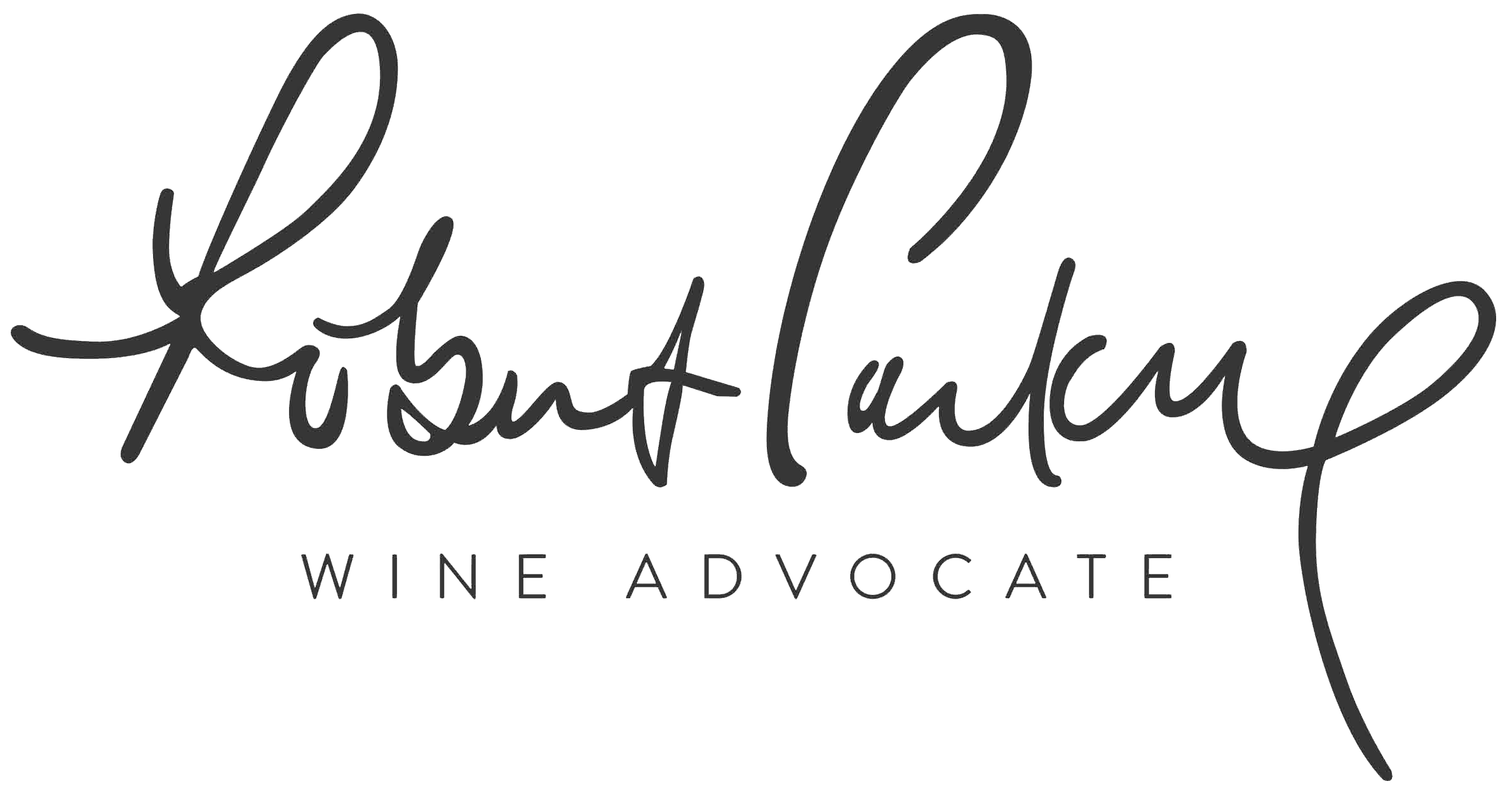
Wine Advocate - July 24, 2020 "The Luciano Sandrone 2018 Barbera d'Alba is a wine of remarkable smoothness and integration. There are absolutely no sharp edges here, as this Barbera is polished and buffed over twice for good measure. It is packed tight with luscious dark fruit and blackberry preserves. That dark core is framed by light touches of Indian spice, campfire ash and truffle. There is a note of cherry sweetness on the close, but it is beautifully softened by all that rich intensity. If you are a fan of the Barbera grape, let me draw your attention to this tremendous value."
Trade Materials
Other Wines by this Producer

Dolcetto d’Alba
Dolcetto d'Alba
Sandrone's Dolcetto d’Alba is produced using Dolcetto grapes from 11 different vineyards, all within the Barolo DOCG. Sandrone’s Dolcetto sees no time in wood and is a remarkably robust and complex example of the variety.

Valmaggiore
Nebbiolo d'Alba
Valmaggiore is the product of Luciano’s incredible passion for the Nebbiolo grape variety and its different expression. Just 15 miles away from Barolo, in the Roero region, Nebbiolo produces a lighter structure and ripe, smooth tannins that are not unlike those of Pinot Noir. This is not a “baby Barolo” or a second wine at all – it is a distinct interpretation of Nebbiolo from a completely distinct geographic zone.
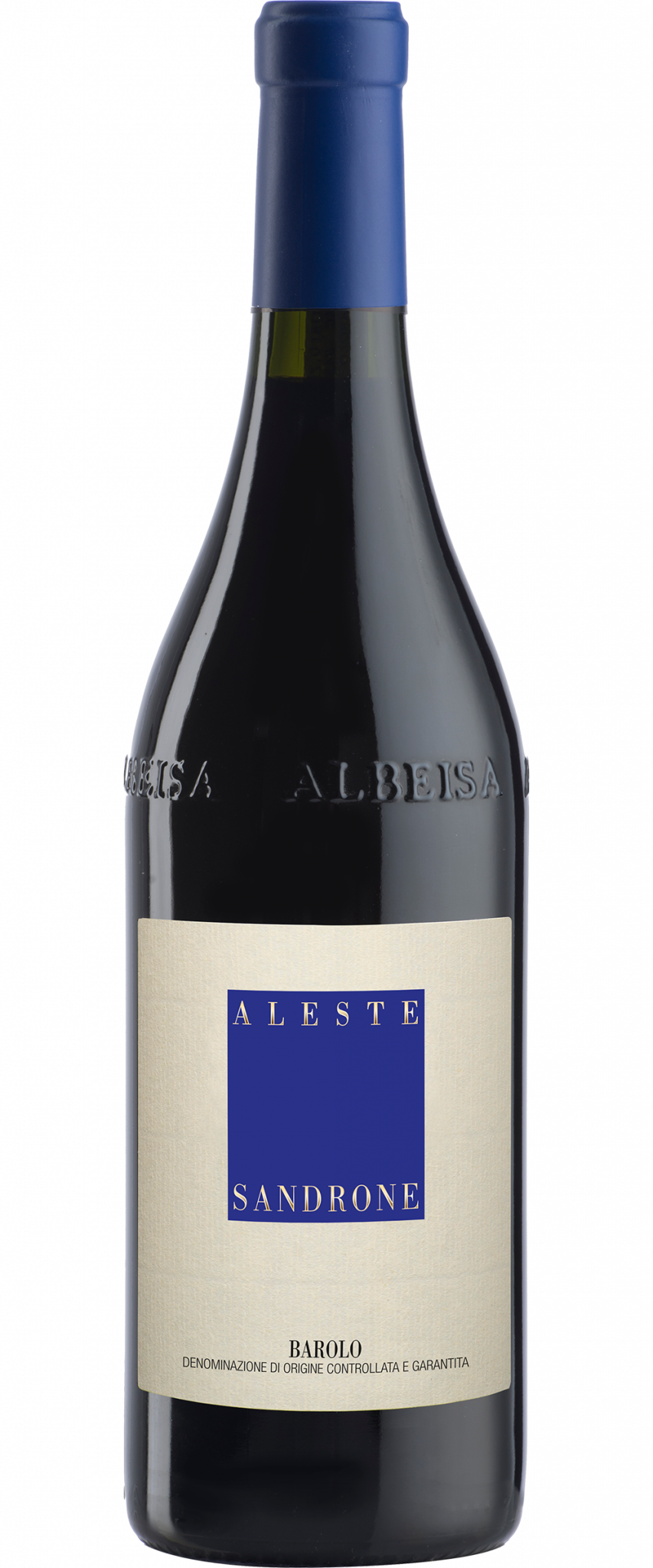
ALESTE Barolo
Barolo
A combination of the names of Luciano Sandrone's grandchildren ALEssia and STEfano, ALESTE is the new name for Luciano's first wine, the Barolo Cannubi Boschis, which garnered early acclaim with the international trade and press. This single-vineyard wine is typically dense and concentrated, but shows incredible harmony and balance.

Le Vigne Barolo
Barolo
Le Vigne is a wine created from four different Nebbiolo vineyards, each of which brings its own contribution. This union generates an exceptionally complex wine that is round and harmonious on the palate, with fruity and spicy notes, and this approach of blending together plots is in fact the traditional one in Barolo.
